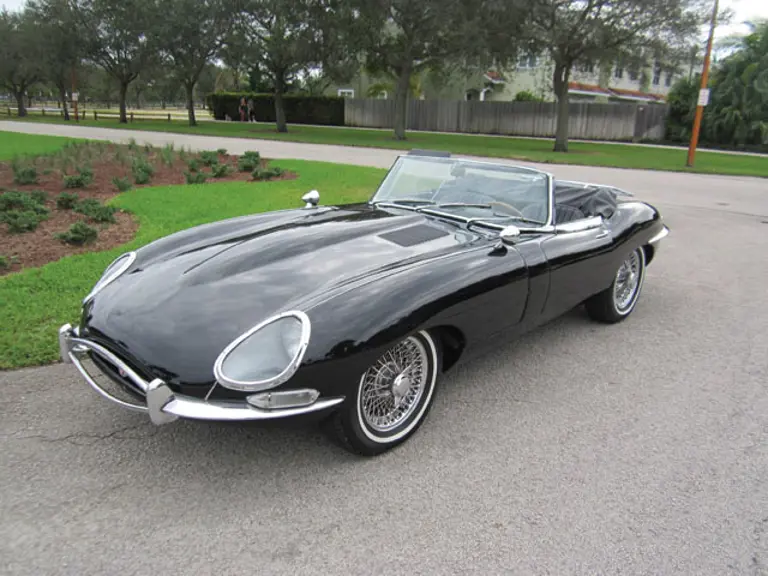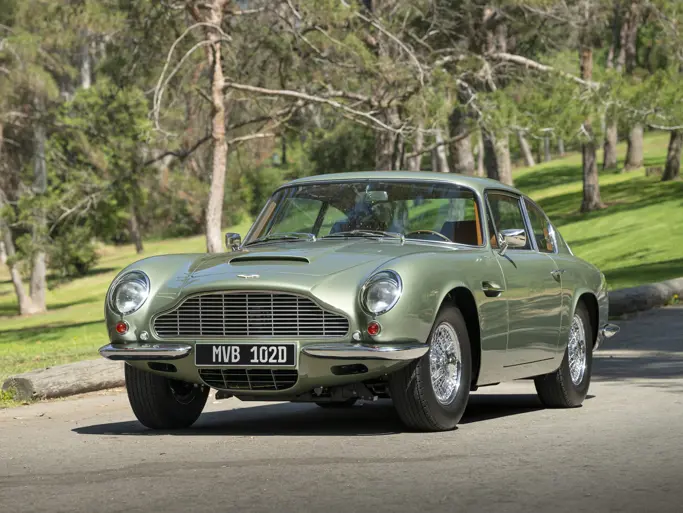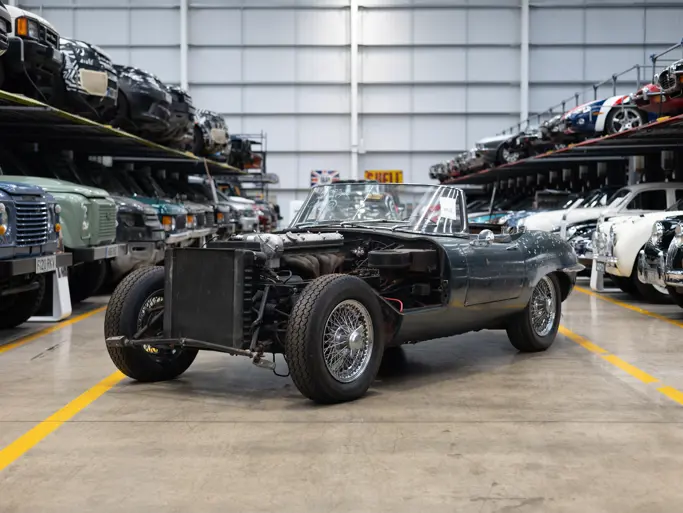The stimulating Jaguar E-Type typified the “Swinging Sixties” with its combination of style and performance. It’s accurate to say that it looks much better on its 50th birthday than any other icon of that period, and such is its purity of line that an E-Type is a permanent exhibit in New York's Museum of Modern Art.
Jaguar was already a force to be reckoned with by 1961; the glamorous XK120 had stunned the world at its 1948 Earls Court Motor Show debut. The C-Type and D-Type sports racers scored five LeMans victories in the 1950s, and the 1957 XKSS hinted at the future. But when Jaguar test driver Norman Dewis drove the new E-Type Coupe from London to the 1961 Geneva Motor Show in Switzerland, the audience gasped. Dewis was so busy giving rides that Sir William Lyons reportedly ordered another car brought from London for display.
The E-Type was also the first road going Jaguar not designed by Lyons. Aerodynamicist Malcolm Sayer reinterpreted his D-type ideas, with an all-new monocoque construction, tilt nose, fully independent suspension, and four-wheel disc brakes. It was originally fitted with a 3.8-liter version of Jaguar’s famous DOHC straight six-cylinder engine, but in 1964, a larger redesigned engine block increased capacity to 4.2-liters and incorporated a fully synchromesh four-speed manual transmission. Further technical improvements were made that year to the clutch and the cooling and electrical systems.
One of the Series I cars, this Roadster has the characteristic covered headlamps and winged knock-off hubs of the early E-Types and the more powerful 4.2-liter engine. It is presented in very fresh condition, with a neatly tailored black leather interior and cloth top plus luggage rack, dual mirrors and complete instrumentation. Chrome wire wheels and tasteful whitewall tires add a dash of flair. This would be an ideal E-Type for anyone seeking a beautifully presented car that can be driven with pride and enjoyment.



 | Fort Lauderdale, Florida
| Fort Lauderdale, Florida


